Agency
Lab
Area
Years
Grant Number
Partners
Servicio de Neurorrehabilitación y Daño Cerebral de los Hospitales NISA
Labpsitec
Description
After an acquired brain injury, every person shows a different combination of deficits with a large variability in the degree of severity. The most frequent functional consequences in the motor domain are the reduction of the muscular strength and problems in coordination, balance, and walk. Memory problems are the most frequent cognitive impariments, followed by attention-concentration problems, and executive difficulties. Psychopathological or behavioral disruptions are the most restrictive causes for social and community integration.
The clinical characteristics of the pathology make assessment and intervention a challenge for current neurorehabilitation approaches. Virtual reality-based interventions have been proposed to overcome some of the limitations of conventional protocols. Virtual reality allows the recreation of synthetic virtual environments that are capable of providing customized sensory experiences to assess and promote certain neural mechanisms that support a function. In the last few years, an increasing number of studies have grounded a research field known as virtual rehabilitation. Nevertheless, although the number of experiments that use virtual reality is increasing, the studies presented until date still present some common limitations. First, there is limited knowledge about the basic mechanisms that makes this technology work. It is necessary to know how the central nervous system respond to sensory afferences generated by virtual environments and how presence and other psychological parameters are elicited. Second, there are no previous studies to examine the exposure to VR under highly-immersive virtual environments in healthy and neurological population. Third, there is no consensus about the mechanisms of embodiment in virtual world. And finally, there are a lack of transference from the research laboratories to the clinical setting. The present project aims to overcome these limitations.
